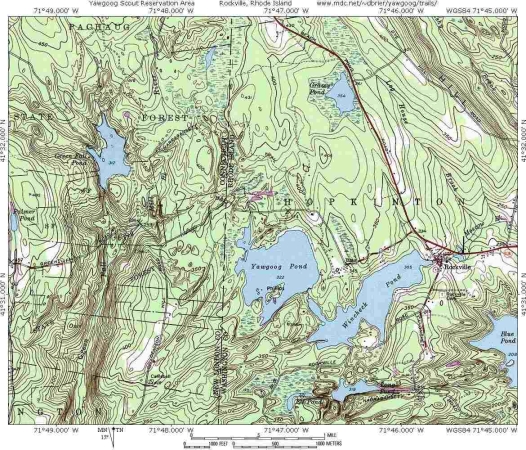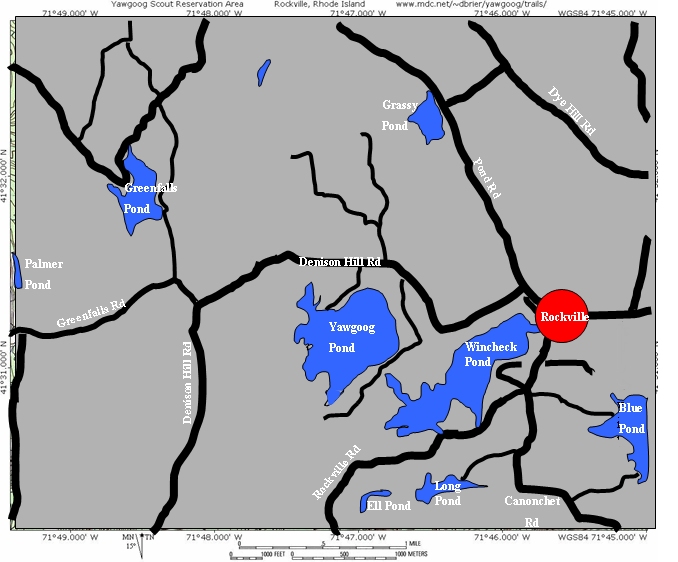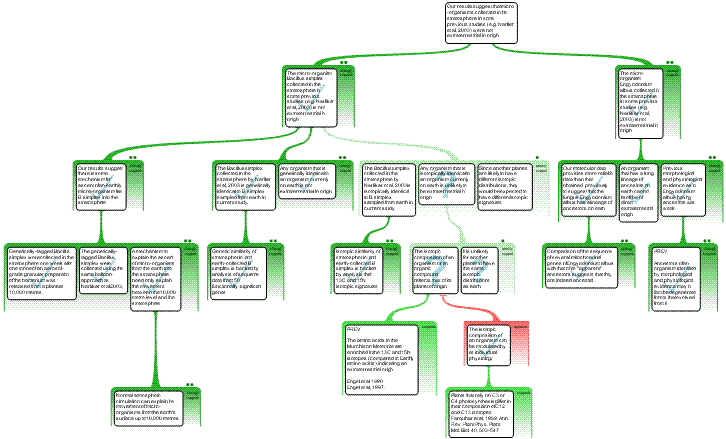The Science Of Scientific Writing Set 8 Set 8-More on assessing • Second page • Third page • Example • Exercise 1 • Exercise 2 • Writing an assessed argument • Final Page Set 8.
OVERVIEW: The way to well-written science
PART I: Paragraphs and Sentences
SET A: Paragraphs: The Maps Behind Them
SET B: Paragraphs: Using Maps to Meet Readers' Expectations
SET C: Paragraphs with Something Extra: Points and Tails
SET D: The Generic Section: Expectations and Maps as Blueprints
SET E: Scientific Sections: The Methods and Results
SET F: Scientific Sections: The Discussion
SET G : Scientific Sections: The Introduction
SET H : Sentences
SET I : The Paper as a Whole
PART II: The Paper and its Sections
SET 1: Argument Parts
SET 2: Indicator Words
SET 4: Locating Arguments in Prose
SET 5: Rationale's Essay Planner
SET 6: Evidence in Arguments: Basis Boxes
Synthesis 1: Position-Early Paragraphs
Synthesis 2: Position-Final Paragraphs
Synthesis 3: Writing a Discussion I
Synthesis 4: Writing a Discussion II
Using the argumentative
strength of map items as a guide to writing up an argument.
Consider these three maps:



These are all maps of exactly the same area. The first map shows full topographical detail, which is obviously good for some users. But, for someone who, for example, is only interested in fishing spots in the area, the extra detail could be confusing, and may hinder them in their quest to find the perfect lake (NB there has been an unfortunate loss in some text clarity in maps 2 and 3 which weakens my case here!). The second and third maps have attempted to reduce the potential for confusion in two ways:
- by emphasising the items of most interest to fisher-folk (map 2)
- by wholesale omission of items of minor interest (map 3)
When we come to write up arguments, we must apply this same approach. We would rarely give the information in every item box equal weight. Mostly, we give an emphasis whose strength correlates directly with two factors:
- the impact of that information on the overall strength of the argument.
- the novelty of the information (i.e. how likely you assume your audience to have been aware of the information)
We have already looked at ways to factor in novelty (Set 6: i.e. how to emphasise your own results when writing up a paper).
Determining how much an item of information contributes to the overall strength of the argument.
When we were determining the argumentative strength of individual items on a map, we started at the bottom of a branch, and we took a very telescoped view - we were only interested in how the information in the box of interest related to the claim in the box directly above it.
When we are converting a map to text form, and trying to factor in argumetative impact, we work in exactly the opposite way. We start with the top box of a branch, looking at that branch's OVERALL contribution to the believability of the main position (i.e. strong, weak or nil support/objection). If for example a given argument branch provides 'nil' support, then the items within it, all else being equal, assume little overall importance, irrespective of how important they may be within their own branch. (But remember that the NET emphasis we give any item of information must of course also be modulated by its novelty value as well).
Ways to vary the emphasis of information within a text (of paragraph length)
I am providing only a brief synopsis of possibilities here, as a placemarker for further expansion. If you get to this point please tell me and I will expand upon this for you, before you attempt the exercise.
De-emphasising
- Omit information in the item box altogether
- Present it as a clause, phrase or half-sentence (i.e. independent clause) within a sentence rather than as a full sentence itself.
- In a position-early paragraph, put it later rather than earlier in the paragraph.
- In a position-final paragraph, relevant items (apart from main position) are usually presented in sequence, with the most important either first or last. Make the directionality of this sequence clear to the reader, and place information of low importance appropriately.
- Use metadiscourse to indicate its lesser importance
Emphasising
- Present the information in an item box as at least one full sentence. Think about expanding it up to more than one.
- In a position-early paragraph, put it earlier rather than later in the paragraph.
- In a position-final paragraph, relevant items (apart from main position) are usually presented in sequence, with the most important either first or last. Make the directionality of this sequence clear to the reader, and place information of high importance appropriately.
- Use metadiscourse to indicate its higher importance
Exercise
The map below (which needs to be dragged to the workspace) summarises the argument that will form the backbone of the Discussion section of a paper YOU are writing. Unless otherwise noted on the map (and see Introduction below for further clarification) ALL the results (imaginary) referred to are yours, and have already been included in a Results section (which you will just have to imagine).
A brief Introduction follows.
Introduction
Scientists have often pondered whether life of earth had an extraterrestrial origin, with most work focusing on life-forms or organic compounds that may have hitched a ride on a meteorite in the distant past. Another avenue of study has examined the possibility of organisms, or their spores, "raining down" upon earth as part of a living cosmic shower. This idea was tested during the late 90's and in the early part of the next decade by a team led by Narlikar in Hyderabad. They ran a series of tests where balloons were released into the stratosphere (above 25,000 metres) and then retrieved. Using stringent procedures to avoid contamination before release and upon retrieval, their collection equipment in the balloons yielded three types of micro-organisms, all known on earth: nanobacteria, Bacillus simplex, and the fungus Engyodontium albus (they referred to this by an earlier name). They argued that in the absence of any extraordinary meteorological events (which they had ruled out for the period leading up to the time of collection) it is not possible that the organisms entered the stratosphere from the earth, and that therefore they must have an extra-terrestrial origin.
No further work has yet followed up the results of Narlikar's team. If samples of the proposed extra-terrestrial organisms supplied the earth with their counterpart species many millions of years ago, then one would expect that in the intervening time, molecular and isotopic divergence between the extraterrestrial and current (terrestrial) populations would have occurred. At a more fundamental level, we also feel the previous authors have placed too much weight on findings that involve currently-occurring earth species, especially one with such a well-documented ancestry as Engyodontium albus. If Engyodontium albus is of extraterrestrial origin, then either (1) all of its apparent ancestors must be as well, which is highly unlikely or (2) the ancestors are only apparent as ancestors because of their simpler nature, but are in fact descendants of Engyodontium albus that have undergone evolutionary degeneration. Our concerns in this area make us interested in testing the assumption of the previous paper that there is no possibility that earth-sourced micro-organisms can make their way into the stratosphere.
In this study we explore the three lines of uncertainty noted above. We have examined the genetic and isotopic divergence of terrestrial and "extraterrestrial " B. simplex, using organisms collected on earth, and some of the original stratosphere-collected samples of Narlikar. Sequence data from 50 functionally-significant genes has been analysed. For both samples, we have also analysed the 13C and 15N isotopic signatures. For Engyodontium albus, we have examined the sequences of several mitochondrial genes of both itself and of a number of what have been assumed to be (on the basis of morphological and physiological characters) its ancestors. Finally, we have released genetically-tagged samples of B. simplex in the lower atmosphere, and tested (using the same balloon methodology as Narlikar) whether they appear in the stratosphere a week later.
END of INTRODUCTION
Write up a Discussion section as follows:
It should have at least 3 paragraphs. The first paragraph should be Point-final and provide a brief map for the main body of the Discussion. All the paragraphs in the main body should be point-early. There should be a concluding paragraph, which can be point-early or point-final, as you wish. (So as I can determine your paragraphs more easily, space them apart by one line - you can do this in a Rationale Note box by hitting Shift-Enter.
Make it clear that it is YOUR work that is being discussed: e.g. by referring to "our results", "we" etc.
Content of this page drawn in whole or part from the Austhink Rationale Exercises with permission from Austhink.
